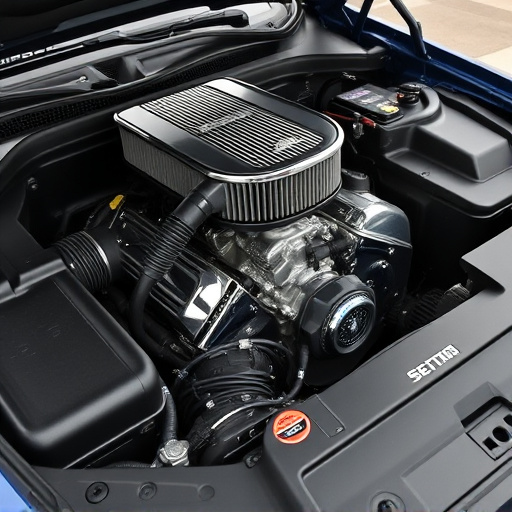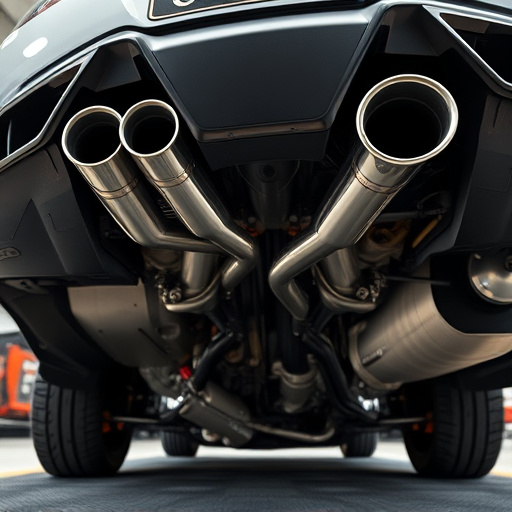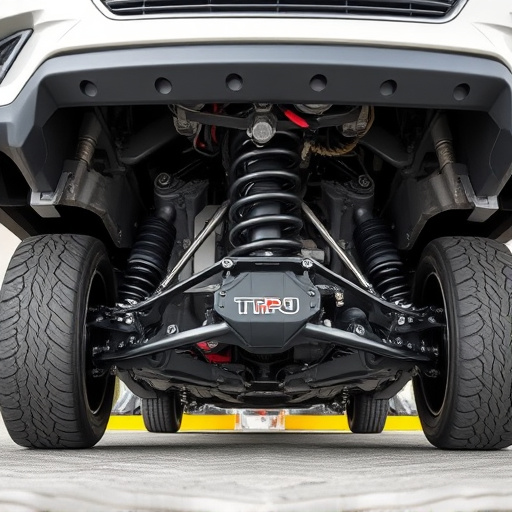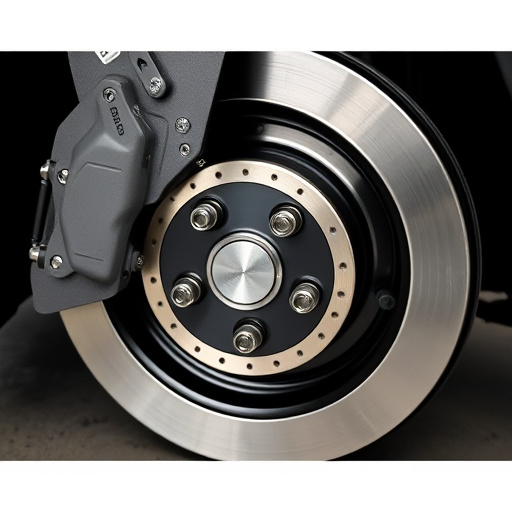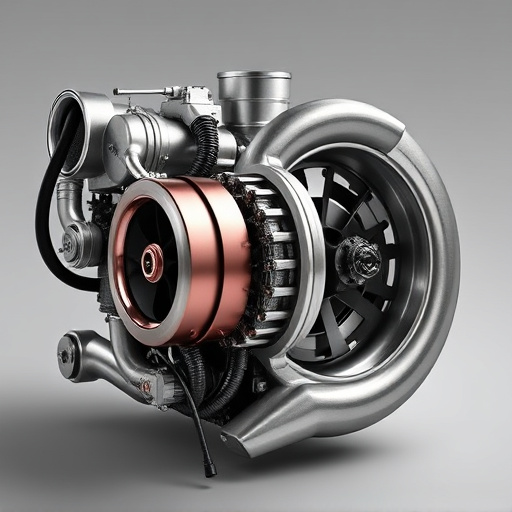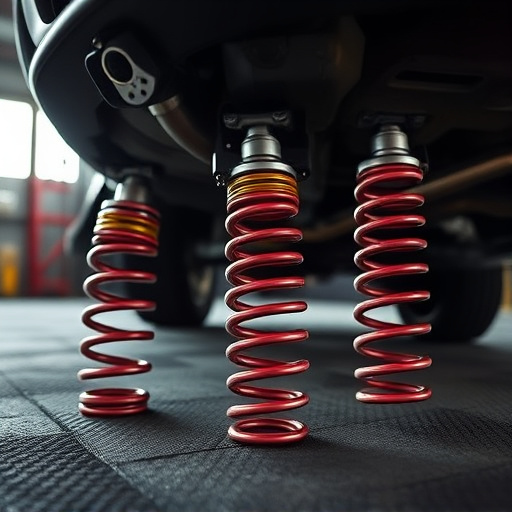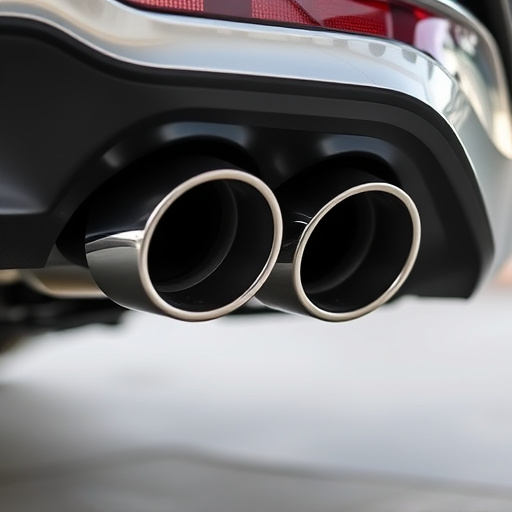The clutch and flywheel kit, a critical component of a vehicle's transmission system, ensures seamless power transfer. Regular maintenance is key to prevent wear-related issues like slippage or failure. Engine performance upgrades complement its health by optimizing power delivery and heat management. Early detection of symptoms like lag, noises, vibration, or handling changes is crucial for smooth driving and preventing damage. Diagnosing issues through unusual sounds, sensations, flywheel damage, leaks, and adjustments ensures optimal vehicle performance. Prompt action on identified problems maintains clutch operation and overall vehicle health.
Unsure if your vehicle’s performance issues stem from a faulty clutch and flywheel kit? This comprehensive guide is your go-to resource. We’ll walk you through the basics of clutch and flywheel function, common red flags indicating problems, and a step-by-step diagnosis process. By the end, you’ll be equipped to identify and troubleshoot potential issues, ensuring smoother rides and saving you time and money on repairs. Learn how to navigate these essential components for optimal vehicle health.
- Understanding Clutch and Flywheel Kit Basics
- Common Symptoms of Clutch and Flywheel Issues
- Diagnosis and Troubleshooting Steps
Understanding Clutch and Flywheel Kit Basics
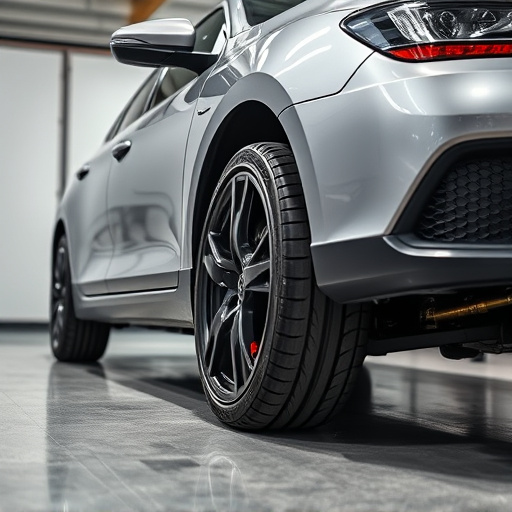
The clutch and flywheel kit is a fundamental component of any vehicle’s transmission system, enabling smooth shifting and power transfer from the engine to the wheels. The clutch acts as a link between the engine and gearbox, allowing for disengagement when desired, while the flywheel stores and releases rotational energy, ensuring consistent and efficient power delivery. Together, these parts play a crucial role in enhancing vehicle performance and drivability.
Understanding their basics is essential for diagnosing issues. A clutch and flywheel kit typically includes the clutch disc (a thin, friction-based component), pressure plate (which applies pressure to the clutch disc), and flywheel (a heavy, smooth disc that absorbs shock and delivers power). Over time, these components can wear out or become damaged, leading to problems like slippage, poor engagement, or even total failure. Upgrades like performance air filters, cold air intakes, and performance brakes can complement the health of your clutch and flywheel kit by ensuring optimal engine performance and heat dissipation.
Common Symptoms of Clutch and Flywheel Issues
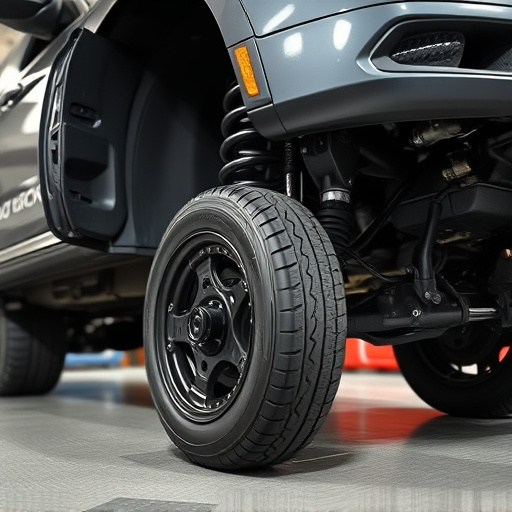
When it comes to clutch and flywheel kit issues, identifying problems early is key to maintaining optimal vehicle performance. One of the most noticeable symptoms is a lag or slippage when engaging the clutch, often accompanied by a high-pitched squealing or grinding noise. This could indicate wear and tear on the clutch disc or flywheel. Another sign is excessive vibration during acceleration, which might be mistaken for issues with the exhaust tips. However, it could also point to a faulty flywheel or an imbalanced clutch kit.
Drivers may also experience difficulty when releasing the clutch pedal, causing stalling or hard starts. This could be a result of fluid leaks or damage to the pressure plate. Moreover, if you notice a strong odor coming from the engine bay, especially burning rubber, it might suggest that the clutch is overworking and needs attention. High performance parts enthusiasts should also keep an eye on sudden changes in vehicle handling, as these could indicate a compromised flywheel kit, affecting both acceleration and braking.
Diagnosis and Troubleshooting Steps

Diagnosing issues with your clutch and flywheel kit is a crucial step in maintaining optimal vehicle performance. Start by examining the clutch pedal for any unusual sounds or difficulty when engaging the clutch. A grinding or slippage sensation could indicate wear and tear on the clutch components, particularly if your vehicle has high mileage. Check the condition of the flywheel, which is integral to smooth clutch operation; a warped or damaged flywheel may cause inconsistent engagement.
Further troubleshooting involves inspecting the pressure of your hydraulic system, as low pressure can hinder clutch performance. Verify connections within the exhaust system, including the cat-back exhaust, ensuring no leaks or obstructions. Additionally, consider the role of coilover kits in suspension adjustments, as incorrect settings might impact clutch feedback and overall driving dynamics. Keep a keen eye on these indicators to promptly address any problems with your clutch and flywheel kit.
When diagnosing issues with a clutch and flywheel kit, understanding the basic components and common symptoms is key. By following the outlined diagnosis and troubleshooting steps, car owners can effectively pinpoint problems, whether it’s a worn-out clutch, a damaged flywheel, or an imbalanced system. Regular maintenance and early detection are essential to prevent more serious mechanical issues, ensuring a smoother driving experience.







